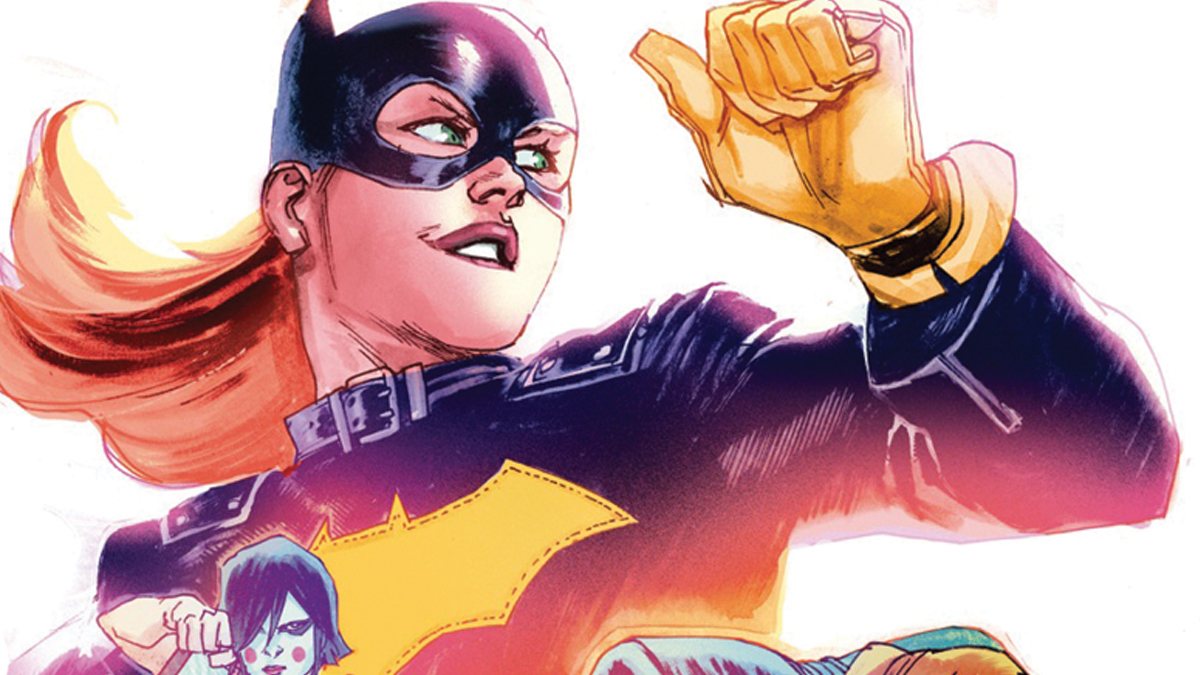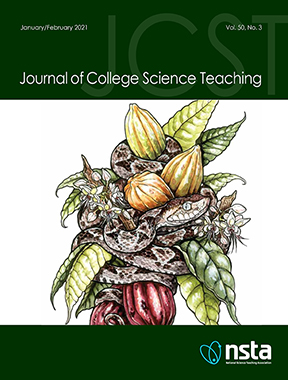feature
Culturally Relevant Pedagogy and the 5E Lesson Plan
feature
Paying the Price of Palm Oil
Using Adapted Primary Literature to Explore Tropical Forest Biodiversity
The Science Teacher—November/December 2021 (Volume 89, Issue 2)
By Tyler St. Clair and Kristen Conklin
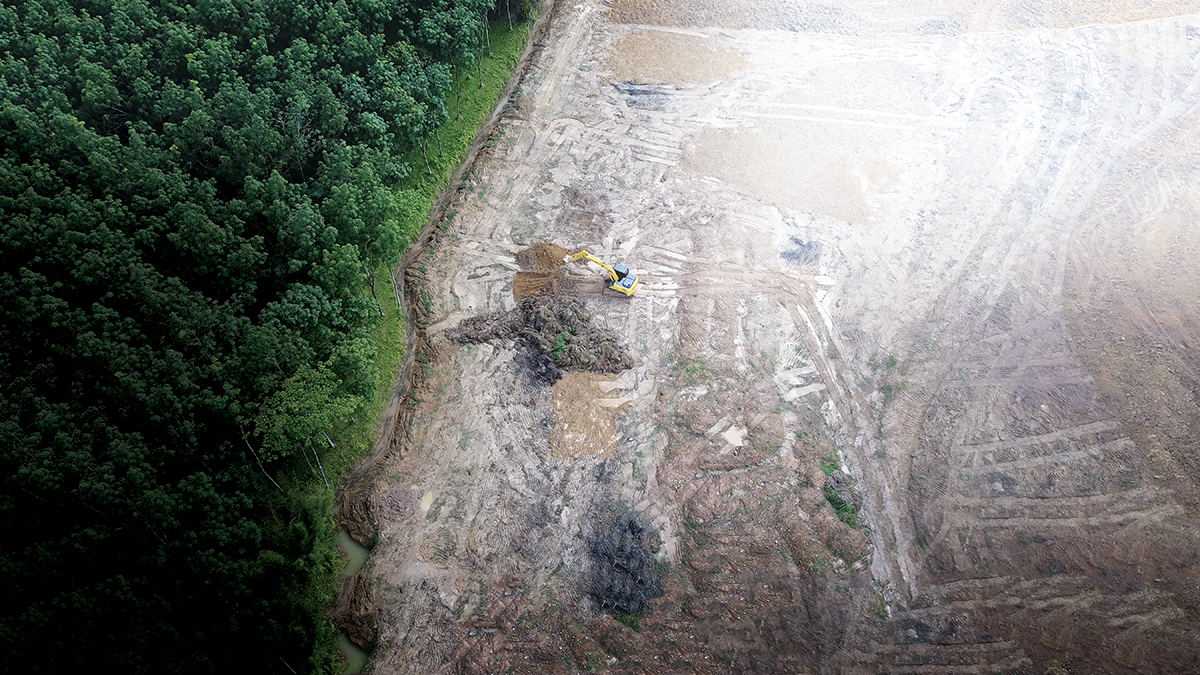
feature
Empowering Salieri
Extracting the Genius in our Students
The Science Teacher—November/December 2021 (Volume 89, Issue 2)
By Zachary C. Schafer and Lawrence C. Scharmann
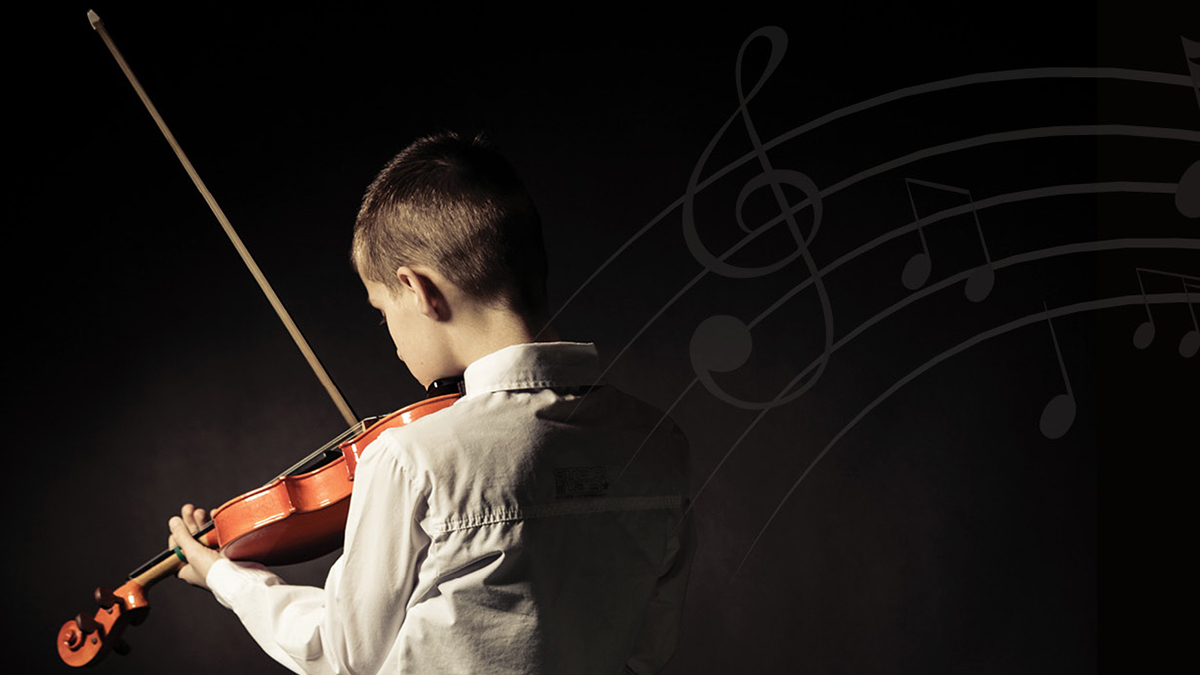
feature
Picture This!
The Versatility of Graphic Novels in Science Class
feature
Formative Assessment for Equitable Learning
Leveraging Student Voice Through Practical Measures
The Science Teacher—November/December 2021 (Volume 89, Issue 2)
By Krista Fincke, Deb Morrison, Kristen Bergsman, and Phillip Bell
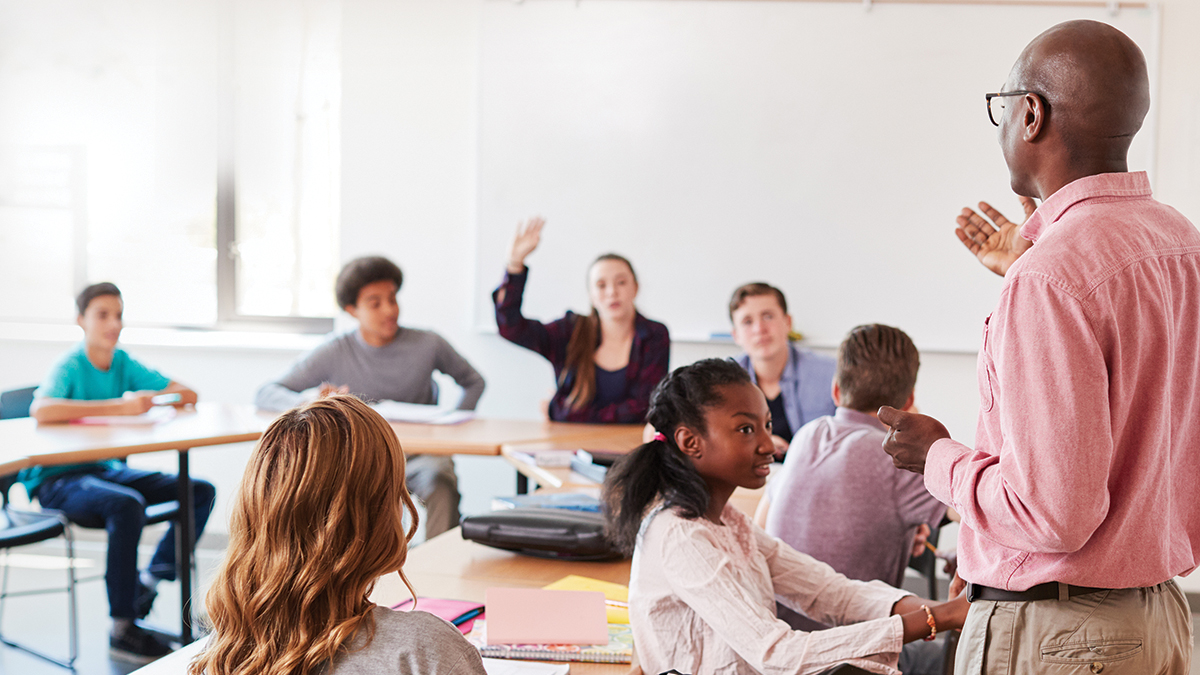
feature
The Case of the Infertile Couple
The Science Teacher—November/December 2021 (Volume 89, Issue 2)
By Alyssa Rutherford and Douglas Llewellyn
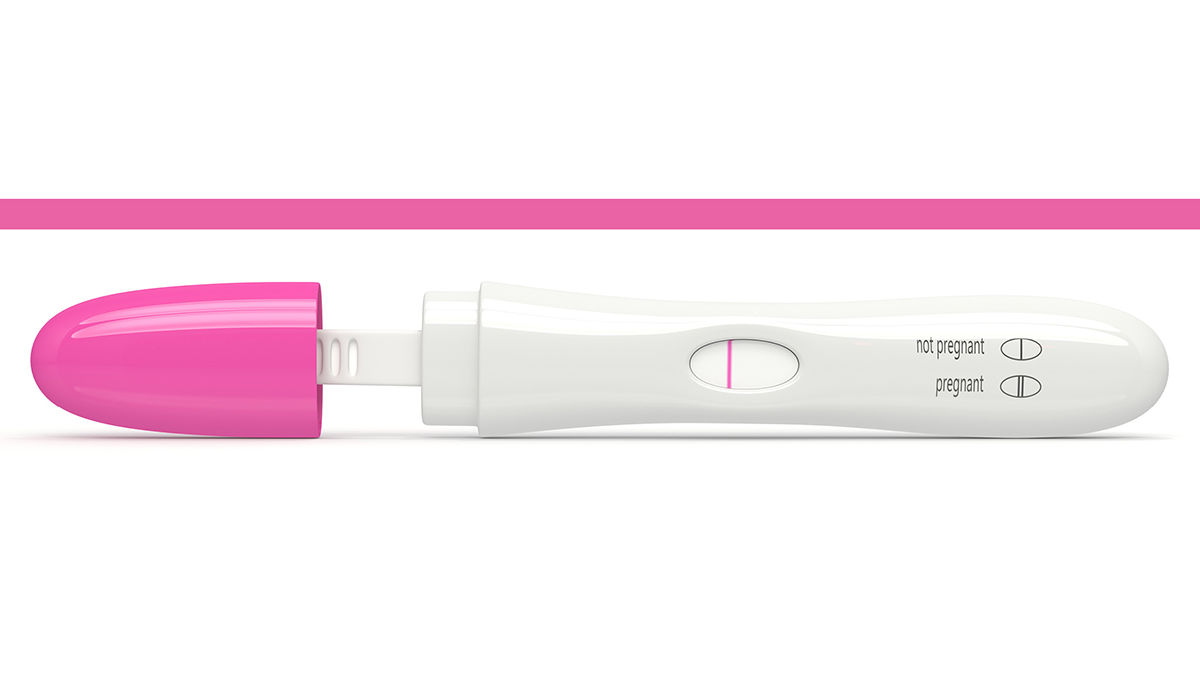
Teacher Spotlight
Teacher Spotlight: Veronica Wylie
Focus on Physics
Teaching Influences From My Student Years
The Science Teacher—November/December 2021 (Volume 89, Issue 2)
By Paul G. Hewitt
Resource Rendezvous
Ninja Nerds
The Science Teacher—November/December 2021 (Volume 89, Issue 2)
By Holly Amerman




